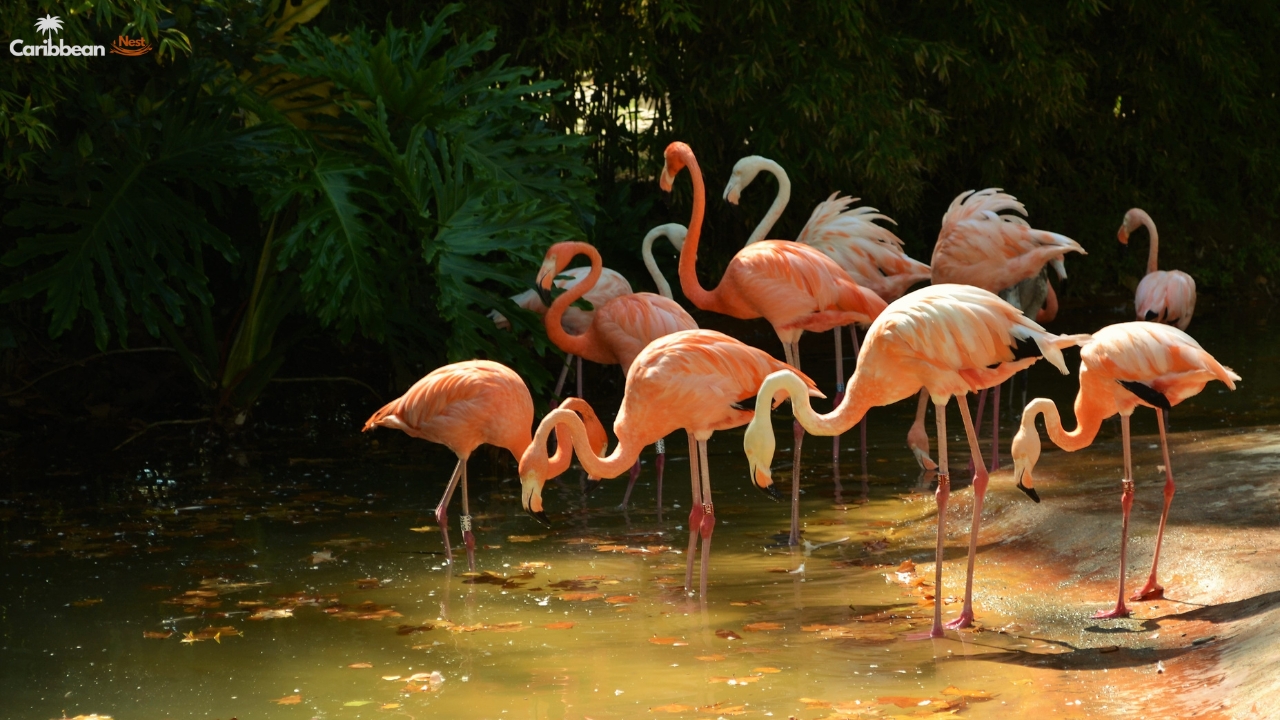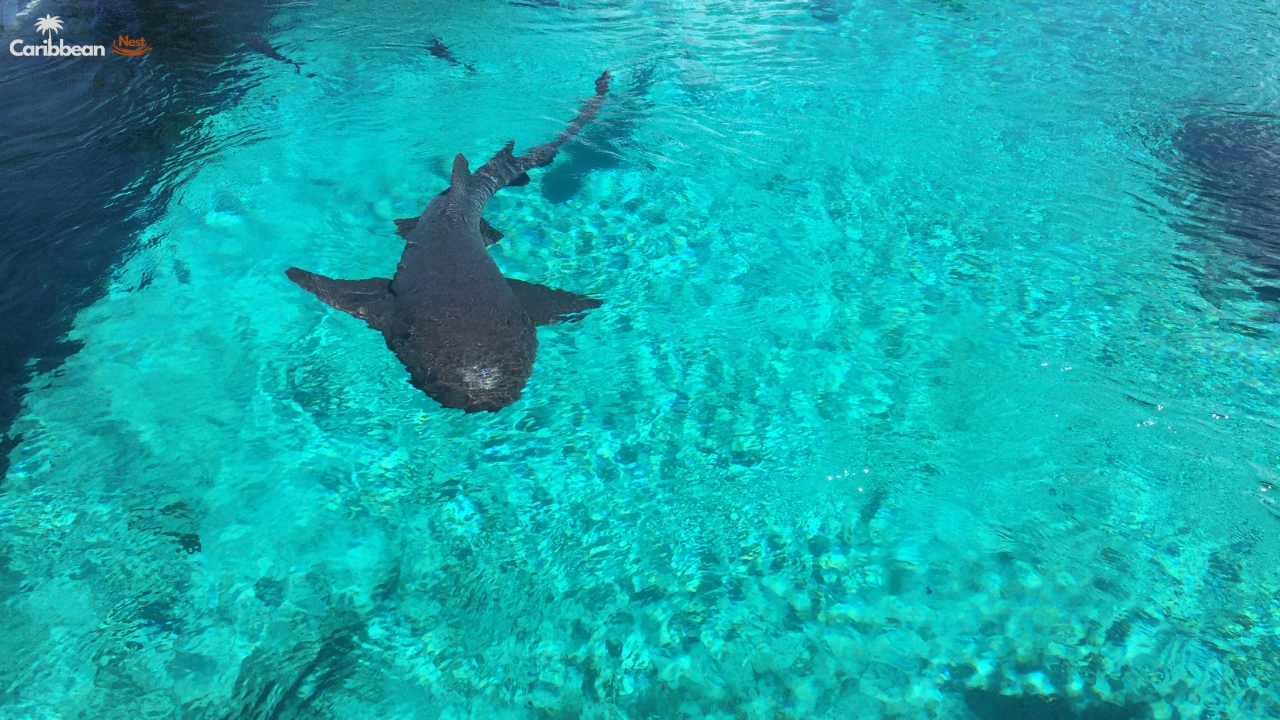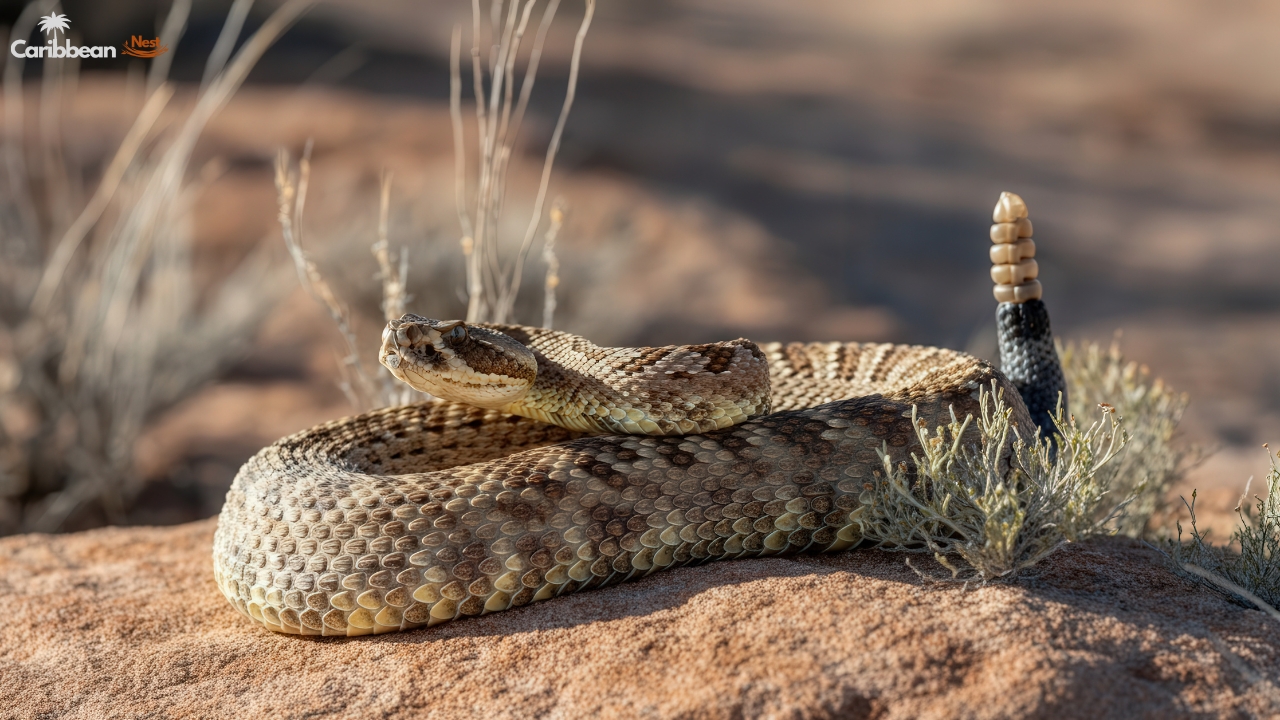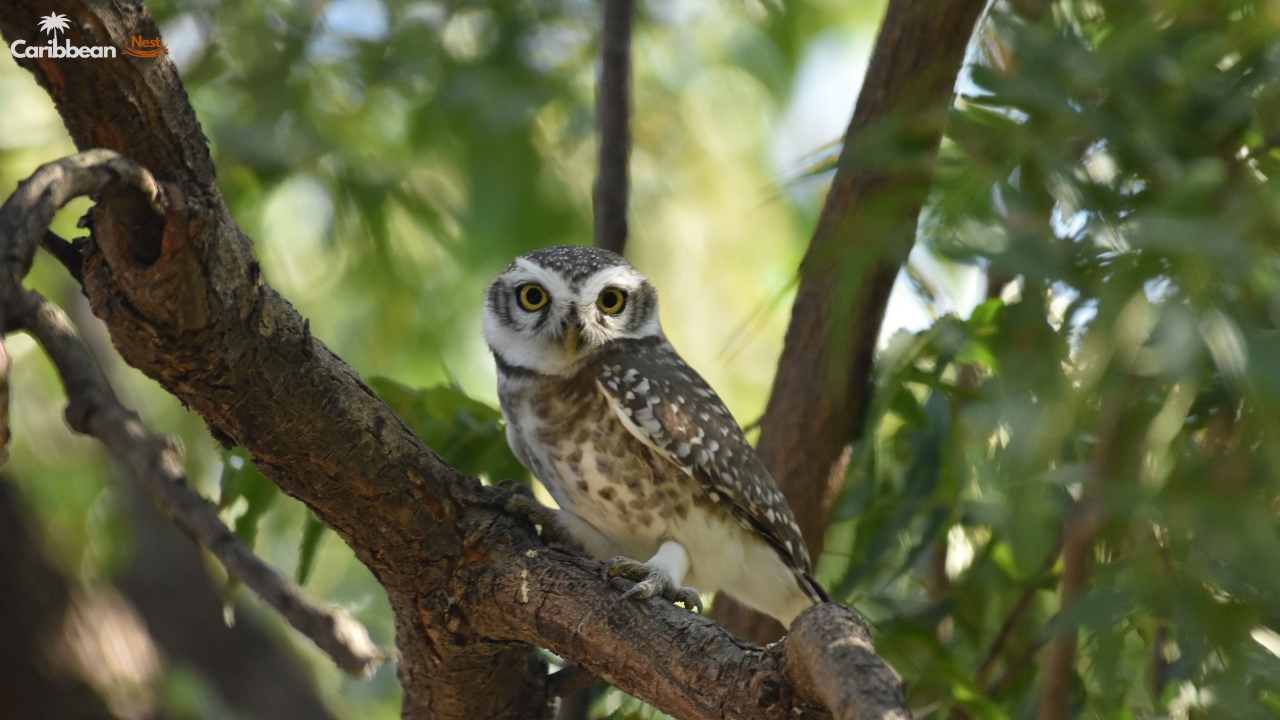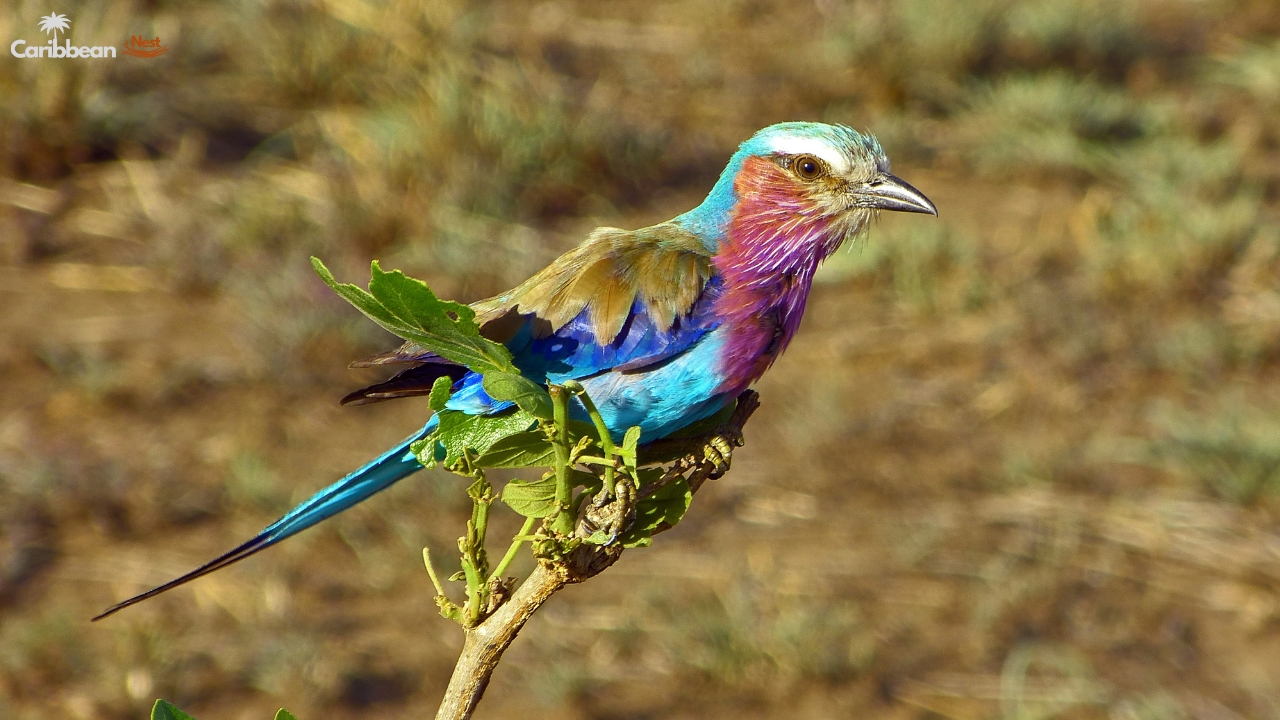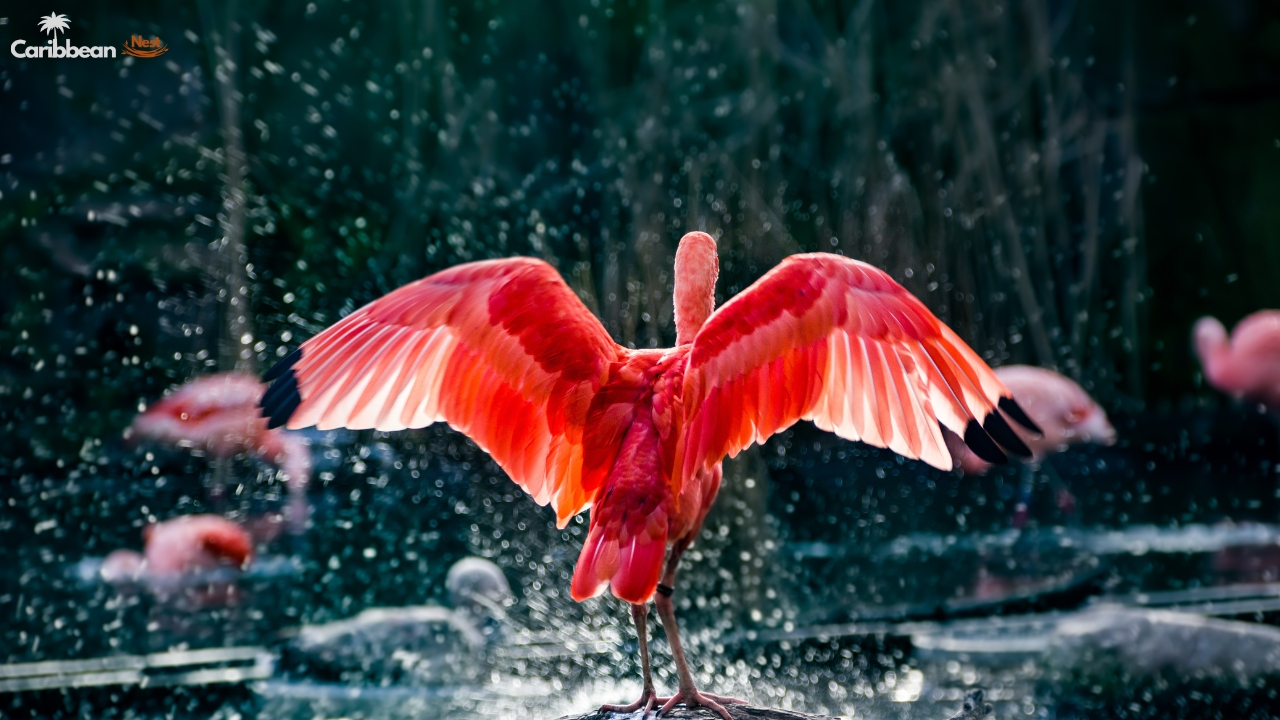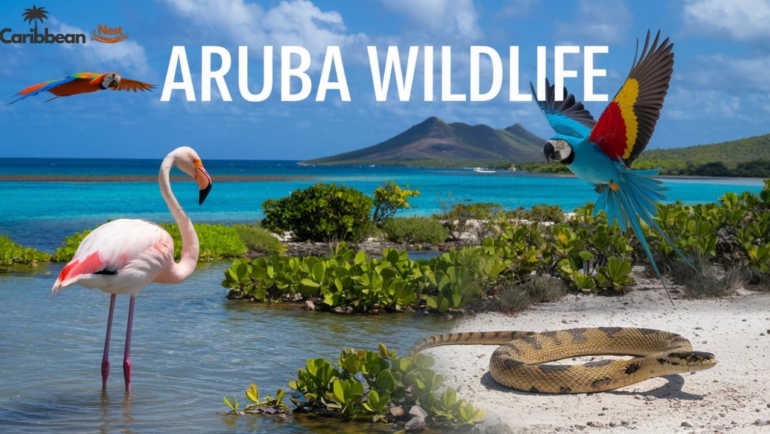Aruba is a captivating island, offering more than just pristine beaches and crystal-clear waters. Its tropical wildlife thrives in a unique blend of desert-like landscapes and lush, natural pockets. Home to various endemic species, Aruba‘s wildlife is as diverse as it is fascinating.
Visitors can explore Aruba wildlife sanctuaries to see rare creatures like the Aruba Island Rattlesnake, vibrant bird species such as the Troupial, and countless reptiles that have adapted to the island’s harsh environment. Whether you’re an adventurer, a wildlife enthusiast, or a photographer, Aruba’s natural beauty offers countless opportunities to connect with nature and witness its unique species in their habitat.
Introduction to Aruba’s Wildlife
Aruba’s tropical wildlife is truly unique due to the island’s desert-like ecosystem. The island is home to a variety of endemic species in Aruba, meaning they can only be found in this particular region. This includes various rare birds of Aruba, Aruba’s protected species, and numerous reptiles that have adapted to the island’s climate.
The island’s biodiversity is not limited to land animals alone. Marine life in Aruba, like parrotfish and sea turtles, plays a significant role in the island’s ecological system. In recent years, Aruba wildlife preservation has become a key priority, as the island works to maintain its natural beauty while protecting its endangered species.
Aruba Island Rattlesnake
One of the most fascinating species of Aruba’s wildlife is the Aruba Island Rattlesnake. This endangered species is found only on Aruba, making it an essential part of the island’s ecosystem. It lives in dry, rocky areas, where it has adapted to the harsh conditions of Aruba’s desert-like environment.
The Aruba Island Rattlesnake is unique because it is one of the few rattlesnakes that do not have the typical yellow or brown markings seen in other species. This rare snake plays a vital role in controlling the rodent population, which helps maintain a balanced ecosystem. Sadly, Aruba’s wildlife sanctuaries and other protected areas are working hard to ensure the survival of this species. Conservation efforts are crucial for preserving the rattlesnake’s habitat and ensuring its long-term survival.
Burrowing Owl: Aruba’s Night Hunter
Another remarkable creature of Aruba is the Burrowing Owl, a nocturnal hunter that makes its home in Aruba’s dry grasslands. This bird is smaller than most owls but is known for its keen hunting skills. The Burrowing Owl thrives by hunting small insects, rodents, and other animals, which helps control the island’s rodent population.
These owls are found living in burrows, which they either dig themselves or take over from other animals. The Burrowing Owl plays a crucial role in Aruba’s natural habitat by regulating the population of smaller animals. When visiting Aruba, you may catch a glimpse of these fascinating creatures during Aruba wildlife tours or while birdwatching at Arikok National Park.
The Troupial: Aruba’s Vibrant Bird
The Troupial, a colourful bird native to Aruba, is one of the island’s most iconic species. Its bright orange and black feathers make it one of the most striking, vibrant bird species in Aruba. These birds are often spotted in Aruba’s coastal regions, where they feed on fruits, seeds, and insects.
The Troupial is not only beautiful to look at but also plays a vital role in pollinating flowers and spreading seeds. As one of the rare bird species in Aruba, the Troupial is a must-see for birdwatchers. You can often see them in the wild or during one of the Aruba wildlife adventures.
Reptiles of Aruba
Aruba’s reptiles are just as diverse and captivating as its birds. The Aruba Rock Iguana is one of the island’s most well-known reptiles. This endemic species in Aruba is critically endangered due to habitat loss and the introduction of predators. Conservation efforts, such as those of the Aruba Wildlife Conservation Foundation, have been established to protect this species and its habitat.
Other notable reptiles include various species of lizards and geckos, which are commonly seen basking in the sun on Aruba’s rocky outcrops. The island’s desert-like ecosystem is perfect for these cold-blooded creatures, as they thrive in the warm temperatures and sparse vegetation. If you’re interested in reptiles, you can explore Aruba wildlife sanctuaries or visit Arikok National Park, a hotspot for spotting native reptiles.
The Future of Aruba’s Wildlife and Conservation
Aruba’s wildlife is a treasure trove of unique species that are essential to the island’s ecosystem. From the Aruba Island Rattlesnake to the Troupial, the island’s wildlife offers many opportunities for discovery. It’s vital to recognise the importance of Aruba’s wildlife conservation efforts in protecting these species for future generations.
When visiting Aruba, make sure to explore the island’s wildlife reserves and support the conservation efforts. Whether you are interested in birdwatching in Aruba or snorkelling in Aruba, there are plenty of ways to experience Aruba’s marine biodiversity and land wildlife. By understanding the delicate balance of Aruba’s ecosystems, we can help protect and preserve this island’s incredible wildlife.
FAQ’s
1) What wildlife can you see in Aruba?
Aruba is home to a unique array of wildlife, including the Aruba Island Rattlesnake, a diverse range of birds, and various island reptiles. Birdwatching and wildlife tours are popular ways to see these species in their natural habitat.
2) Are there venomous snakes in Aruba?
Yes, Aruba is home to the Aruba Island Rattlesnake, a venomous species native to the island. This snake is endangered and found in protected areas.
3) What island is full of poisonous snakes?
While several islands have venomous snakes, Snake Island (Isla de Queimada Grande) in Brazil is most notorious for having a large population of venomous snakes, including the golden lancehead.
4) What areas should you stay away from in Aruba?
It’s recommended to stay away from remote desert areas without a guide and to ensure safety when hiking in isolated regions, such as Arikok National Park. Always stay on marked paths.
5) Is Aruba the safest island?
Yes, Aruba is considered one of the safest islands in the Caribbean, with low crime rates and excellent infrastructure for tourists. However, like any destination, it’s essential to exercise standard safety precautions.


